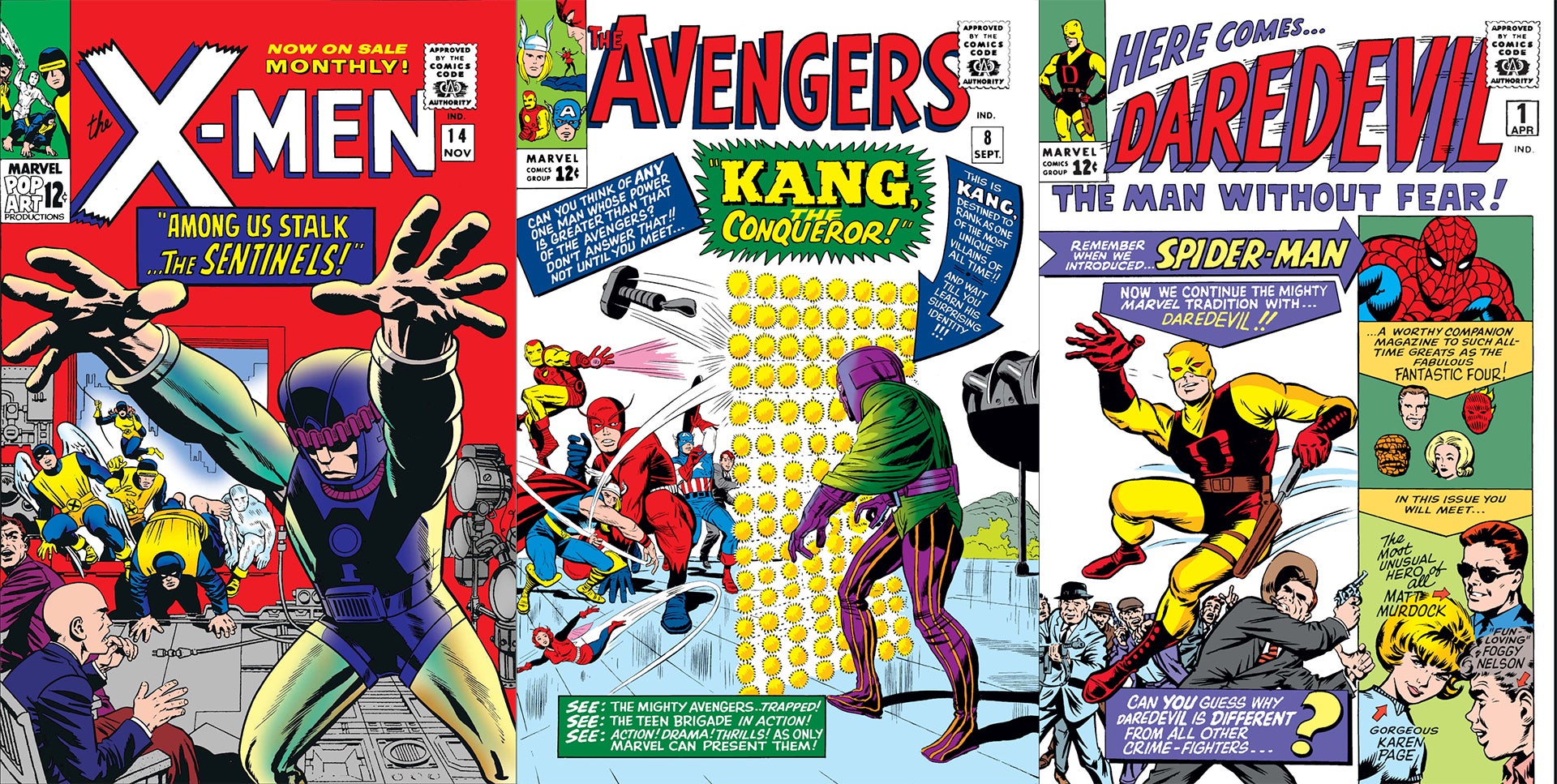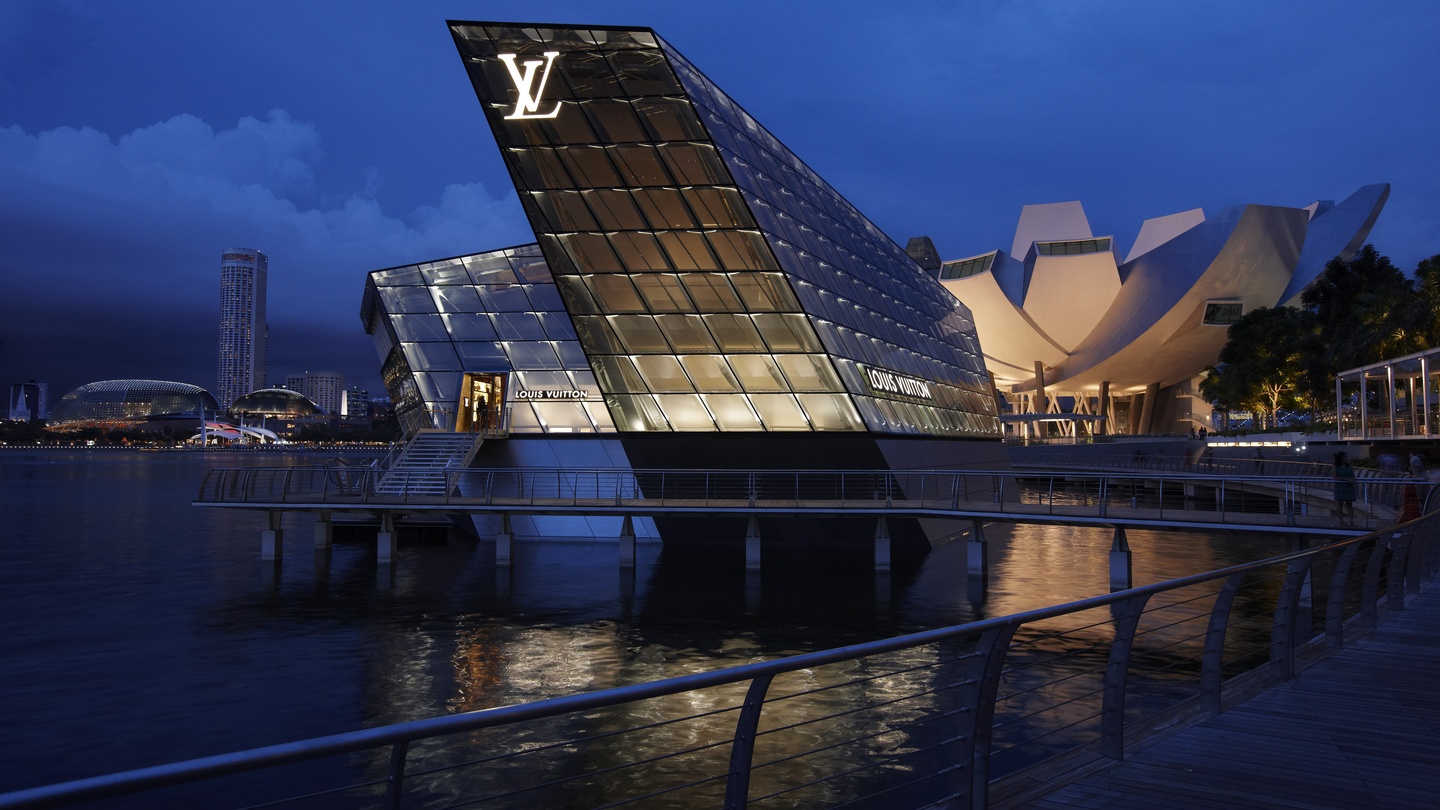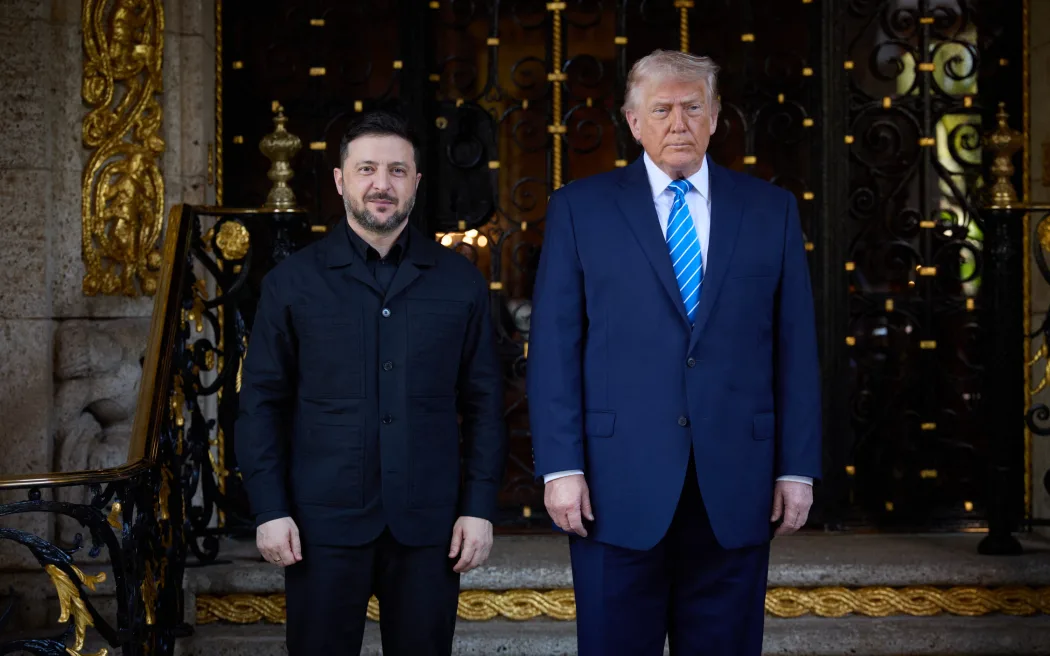zoomacademia.com – Louis Vuitton was born on August 4, 1821, in Anchay, a small village in eastern France. At the age of 16, Vuitton left home, traveling over 400 kilometers on foot to Paris, where he trained as a box-maker and packer. This profession, involving the creation of custom boxes for transporting personal items, was highly respected during the 19th century. Vuitton eventually became known for his skill in creating durable and stylish travel trunks.
In 1854, he founded the Maison Louis Vuitton on Rue Neuve des Capucines in Paris. Vuitton revolutionized the world of travel by creating flat-topped trunks that were stackable (in contrast to the popular round-top trunks at the time). His early innovations laid the foundation for the brand’s signature style, blending functionality with high-quality craftsmanship.
2. The Introduction of Iconic Designs (1867-1896)
Louis Vuitton’s products were an instant success, leading him to open a larger workshop in Asnières-sur-Seine, a Paris suburb. As demand for his trunks increased, so did the need for distinguishing his products from imitators.
In 1896, Vuitton’s son, Georges Vuitton, developed the now-famous LV Monogram Canvas in tribute to his father. This design featured interlocking “LV” initials and motifs inspired by Japanese floral designs, becoming one of the earliest examples of a designer logo and establishing Louis Vuitton as a pioneer in brand identity.
3. Expansion into International Markets (1900-1945)
With the growing popularity of automobiles, trains, and luxury cruises, the demand for high-quality luggage increased. By the early 20th century, Louis Vuitton had expanded internationally, opening stores in New York, London, and Buenos Aires. The brand introduced more innovative designs to cater to the new ways of travel, such as the Steamer Bag in 1901, the Keepall in 1930, and the Speedy Bag in 1932.
However, the company faced hardships during World War II, when luxury goods were in low demand. Despite these challenges, the Vuitton family maintained the brand’s commitment to quality, waiting for the post-war economic boom to revitalize the business.
4. From Family Business to Global Luxury Brand (1946-1989)
The post-war period marked a new era for Louis Vuitton, as the brand began to establish itself as a leader in luxury goods. During this time, Gaston-Louis Vuitton, the founder’s grandson, expanded the product line to include handbags, wallets, and small leather accessories.
In 1987, Louis Vuitton merged with Moët Hennessy, forming LVMH (Louis Vuitton Moët Hennessy), a luxury conglomerate that brought together some of the world’s most prestigious brands. Under the leadership of Bernard Arnault, LVMH expanded Louis Vuitton into new markets, opening stores across Asia and Europe, thus firmly establishing the brand on a global scale.
5. Collaborations and Iconic Designers (1990-Present)
The 1990s ushered in a new era for Louis Vuitton, with artistic collaborations and the appointment of talented designers who brought modernity to the brand. In 1997, Marc Jacobs became the first creative director of Louis Vuitton. Jacobs introduced the brand’s first ready-to-wear clothing line and collaborated with artists like Stephen Sprouse, Takashi Murakami, and Yayoi Kusama to create iconic collections that appealed to a younger, more diverse clientele.
Since then, creative directors like Kim Jones, Nicolas Ghesquière, and, most recently, Pharrell Williams have continued to innovate, blending Vuitton’s heritage with contemporary designs. This fusion of classic and modern styles has expanded Louis Vuitton’s reach and appeal, from high fashion enthusiasts to pop culture fans worldwide.
6. Sustainability and Modern Innovation (2020s)
Today, Louis Vuitton remains committed to sustainable practices and craftsmanship. The brand has initiated several sustainability projects, such as creating more environmentally friendly packaging and reducing its carbon footprint. Louis Vuitton also continues to innovate in digital spaces, offering unique online shopping experiences and exploring virtual reality showrooms.
Conclusion
From its inception as a trunk-maker’s vision in 1854 to its position as a global symbol of luxury, Louis Vuitton’s journey has been marked by innovation, resilience, and a relentless pursuit of excellence. With its iconic monogram and commitment to quality, Louis Vuitton has become more than a brand—it’s a legacy that continues to evolve, setting the standard for luxury and style worldwide.







